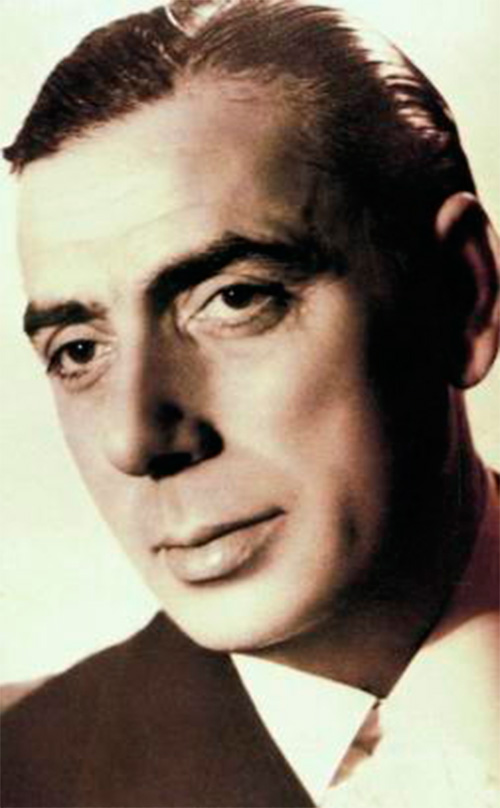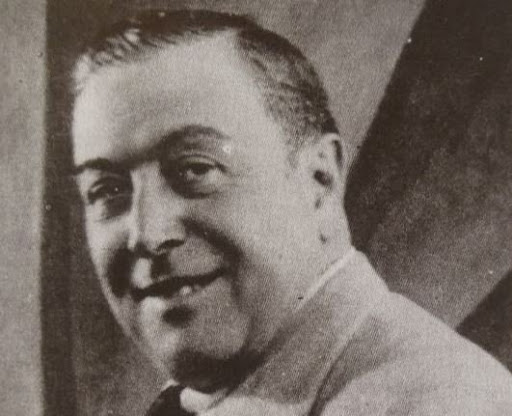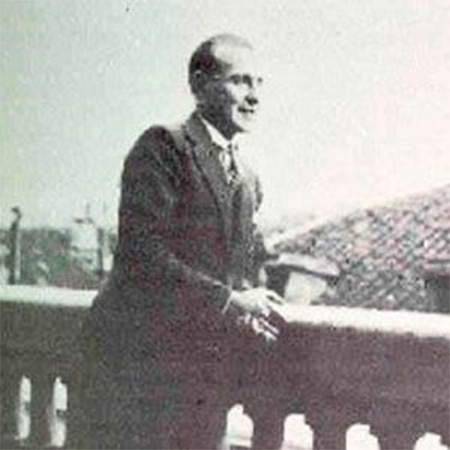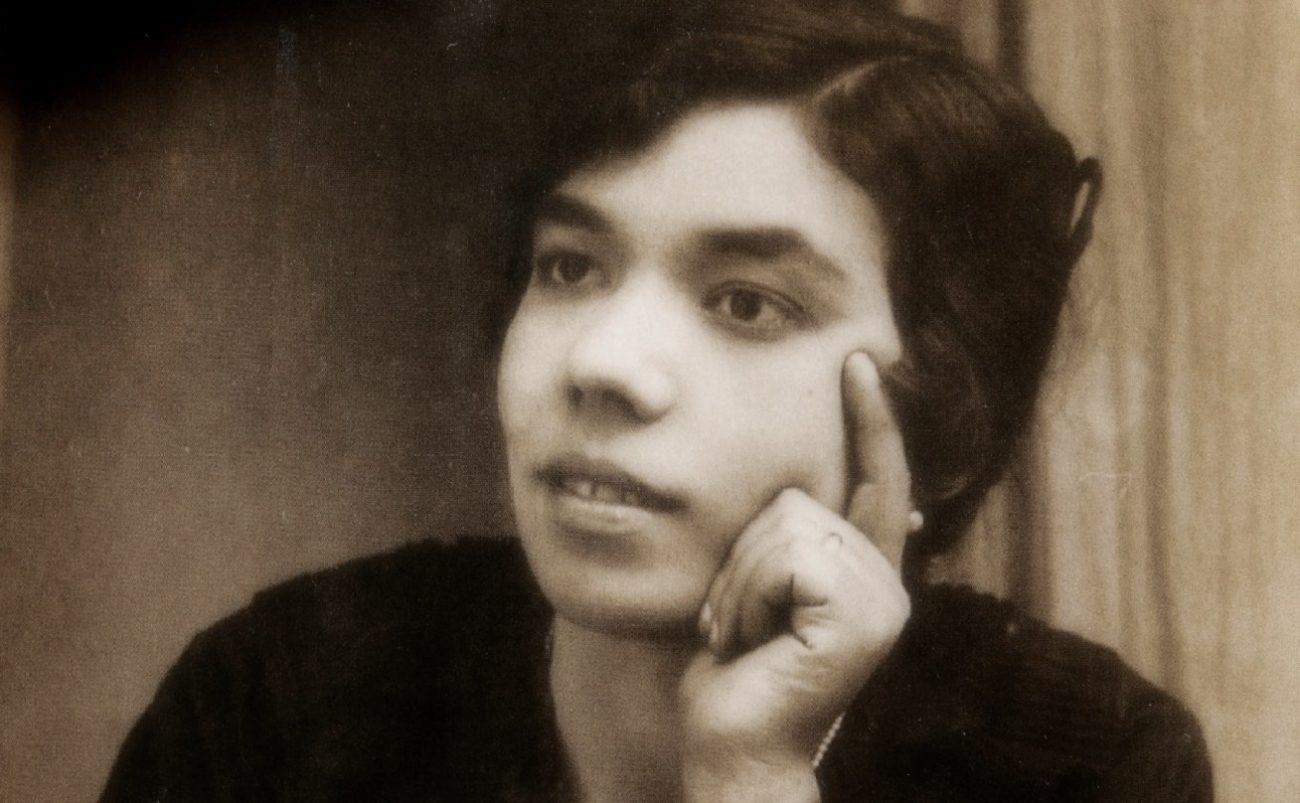Manolo Caracol (nicknamed Snail), artistic name of Manuel Ortega Juárez, was born in Seville in 1909 into an old dynasty to which belonged dozens of renowned singers and bullfighters. He was great-great-grandson of El Planeta; great-grandson of Enrique El Gordo Viejo and Curro Durse; grandson of El Águila; great-nephew of Paquiro and more or less close relative of a long list of creators, including his father (Manuel Fernández, Caracol el del Bulto), which allowed him to be educated in an environment conducive to his vocation. He started very young. In fact, his first triumph dates back to 1922, when he was 11 years old, in the Flamenco Song Contest in the Plaza de los Aljibes organized by Manuel de Falla, Ignacio Zuloaga and Federico García Lorca, among others, when he was twelve years old.
He was born in Corral de los Frailes, in Seville’s Alameda de Hércules, and before triumphing in the 1922 contest he toured the taverns of the neighborhood and cemented a solid and promising fame. In Granada he won the shared first prize (one thousand pesetas) with Diego Bermúdez, El Tenazas, a 68-year-old singer from Morón. Caracol fascinated the jury and the audience with his singing and his youth.
Galerín, critic of El Liberal from Seville, wrote after his performance: “A boy of eleven years old, son of the former swordsman, Caracol, takes the stage. He is accompanied by one of the best guitar players in Spain, Niño de Huelva. Caracolito opted for the siguiriyas prize and when the guitarist received a standing ovation in some beautiful falsettos, the boy broke out, very flamenco, very gypsy-like, but unable to cope with something so big, with this couplet: `Corre y dile a mi mare [Run and tell my mother]/ que no llore más [not to cry anymore], / sino que vaya a la audiencia de [but to go to the court of Cádiz] / por mi libertad [for my freedom]’. There was much applause for the boy, but as the little boy was prepared, he went forward to the stage with two formidable (modern) saetas, which started a storm of applause”.
His first triumph as a singer dates back to 1922, when he was 11 years old, in the Flamenco Song Contest in the Plaza de los Aljibes organized by Manuel de Falla, Ignacio Zuloaga and Federico García Lorca, among others, when he was 12 years old.
Melchor Fernández Almagro, a great friend of Federico García Lorca, who attended the flamenco event, wrote after recording Caracol’s performance: “Triumph for him and for the stupendous guitarist they call Niño de Huelva. The pathetic force of this supreme manifestation of human sorrow pierces our spirit”.
His success in Granada propelled him to the show companies and opened the doors of the Reina Victoria Theater in Seville and the Central Theater in Madrid. In 1925, he participated in another song contest with Niña de los Peines, Pepe Marchena and El Cojo de Málaga. In 1930, he married and recorded his first album. From then on, and until the end of the Civil War, he performed at private parties.
After the war he was part of the show Four Pharaohs, together with El Sevillano, Juanito Valderrama and Pepe Pinto. Finally, in 1943, he began one of his most successful collaborations: with Lola Flores he staged Zambra, a show based on music by Quintero, León and Quiroga, which remained on the billboard until 1951.
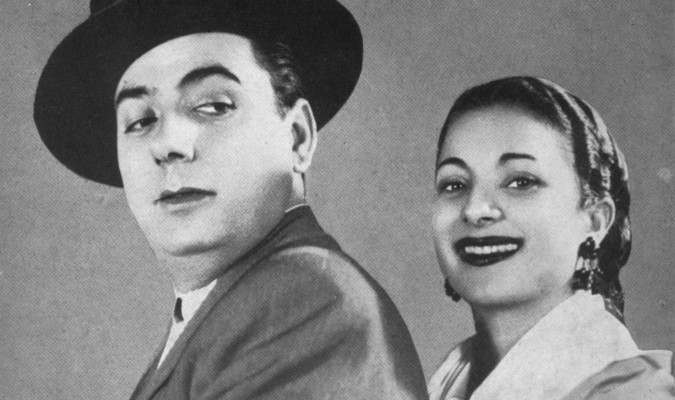
After the end of his artistic relationship with Lola Flores he embarked on an artistic tour of America with the dancer and choreographer Pilar López Júlvez, sister of La Argentinita. In 1963, he founded the flamenco tablao (theater) of Los Canasteros in Madrid, to which he devoted himself entirely for the rest of his life and through which passed the most renowned flamenco artists.
In 1972, he released his last record and a year later, on February 24, 1973, he died in a traffic accident on his way from his home in Madrid to Los Canasteros. The car, driven by his chauffeur, collided with a pole due to a strong gust of wind. His disappearance caused great commotion and there were many events of recognition and tribute.
